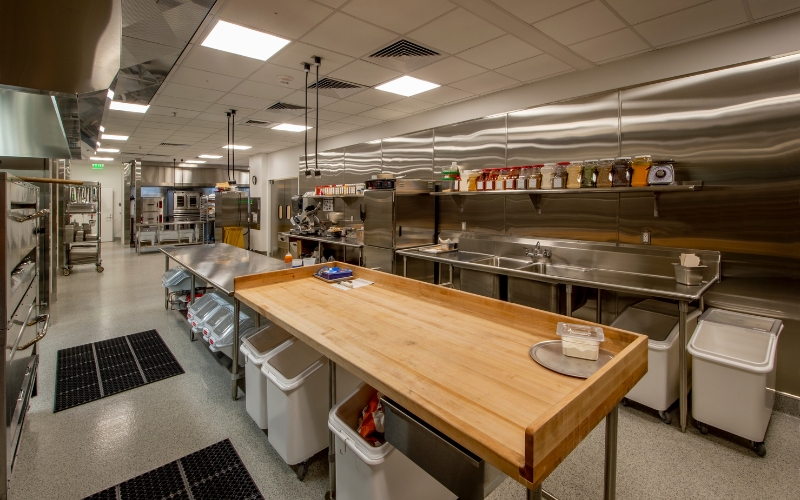Today’s students don’t just live on campus. They live inside campus. They study in lecture halls and libraries, meet in labs and classrooms, eat in dining halls, sleep in dorms, and socialize in student centers. Most spend 90% or more of their day indoors. That’s why Indoor Air Quality (iAQ) on campus is such an important topic.
Whatever is floating through the air is what students breathe all day, every day. This includes allergens, dust, mold spores, VOCs, bacteria, and even viruses.
The impact of poor IAQ extends far beyond coughing or sneezing.
The Academic Impact of Bad Indoor Air Quality on Campus
Studies show that poor indoor air quality reduces concentration, memory, and decision-making ability. In fact, research from Harvard’s School of Public Health found that even small improvements in indoor air quality led to statistically significant gains in cognitive performance.
It’s more than a health issue. It’s an academic one.
- Brain fog during finals? IAQ might be a factor.
- Higher absenteeism during flu season? Airborne transmission is a likely culprit.
- Increased stress and anxiety? Mold and VOC exposure have been linked to mental health symptoms.
Students perform better when they breathe better.
Not All Buildings Are Created Equal
Many college campuses have a mix of new construction and aging infrastructure, and older buildings are more likely to have poor ventilation, outdated HVAC systems, or hidden water damage that leads to mold growth.
Dormitories, in particular, are hotspots for microbial buildup:
- High humidity from shared bathrooms and limited airflow
- Mold growth during summer vacancies
- High occupancy and shared surfaces that promote viral spread
Even newer buildings, if not properly managed, can trap VOCs and recirculate contaminants.
Clean Air = Comprehensive Wellness
We often discuss holistic wellness on campus. But how holistic is it if the environment itself is working against students?
Forward-thinking institutions are beginning to recognize that IAQ is foundational to wellness. Clean air supports mental health. It promotes physical health. It fosters a more conducive environment for learning, collaboration, and community.
Additionally, it demonstrates to students and parents that the university is investing in safety in a tangible and measurable way.
How Synexis Can Help
Synexis’ patented Dry Hydrogen Peroxide (DHP®) technology is how we can help. DHP is a continuous, patented air and surface purification system that operates quietly in the background of everyday life.
Unlike filters or UV systems that often require downtime, Synexis devices:
- Work continuously, even in occupied spaces
- Reduce viruses, bacteria, mold, and VOCs
- Require minimal maintenance, making them ideal for high-traffic areas like dorms, lecture halls, and student centers
And because DHP exists as a true gas, it spreads like air, reaching corners, surfaces, and rooms where traditional HVAC systems can’t.
Looking Ahead: The Air Students Deserve
As universities strive to develop more effective wellness programs, indoor air quality must be an integral part of the conversation. From retention and academic outcomes to safety and student satisfaction, air plays a bigger role than most schools realize.
Consequently, t’s time to stop treating clean air as an afterthought and start seeing it as the foundation for student success.










